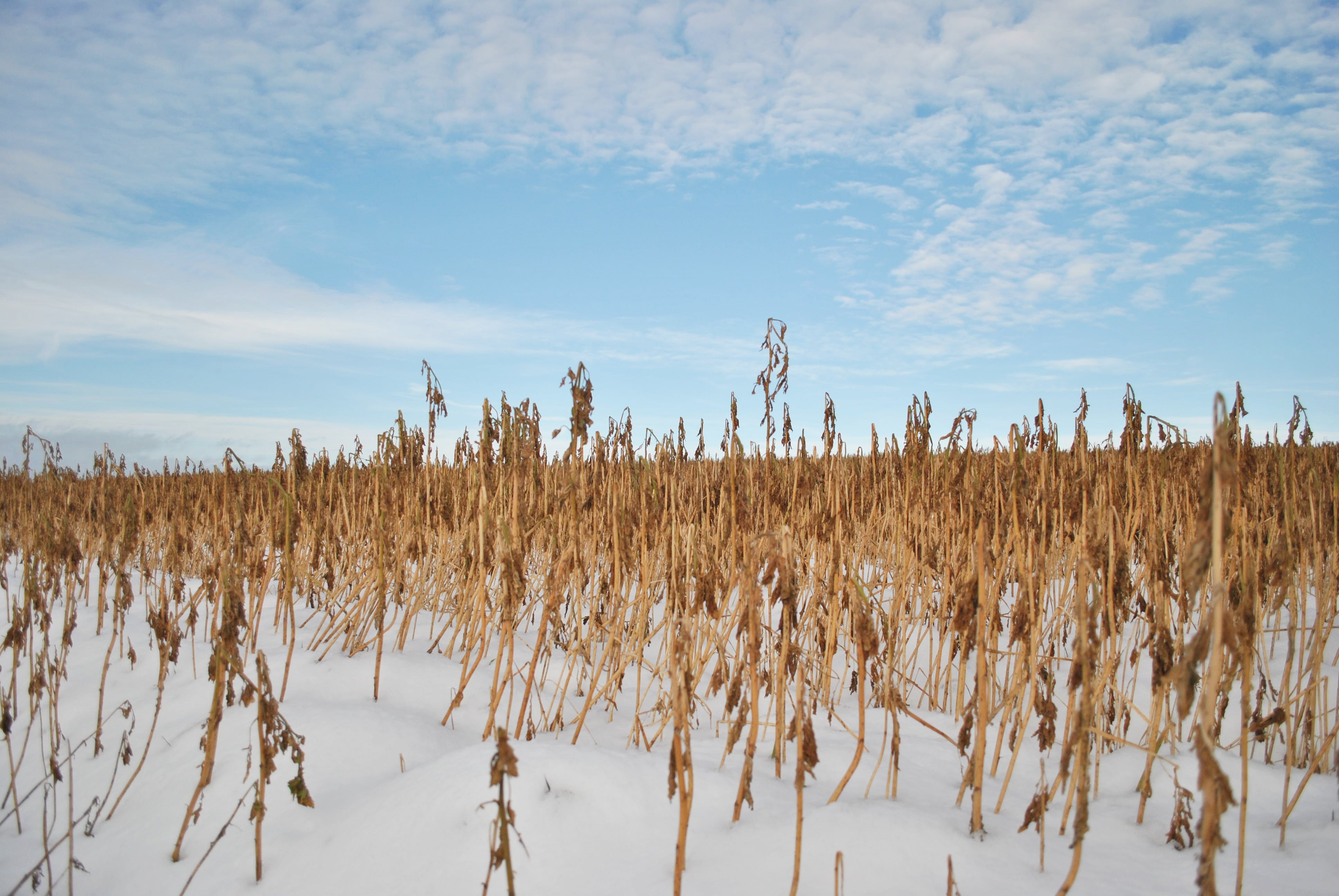“Cover Crop Guy” Dan Perkins was still in college when the Oregon Ryegrass Commission began its cover crop initiative in the Midwest. He recently became the newest member of the ryegrass cover crop team, and his youthful exuberance and depth of practical knowledge will be of great use to us and those who wish to know more about cover crops.
Since graduating in 2001 or 02, he’s received a dual Masters degree in Environmental and Political Science. An enduring desire to farm materialized when he and wife, Julie, moved to DeMotte, Indiana with their first son, purchased 20 acres and started Perkins’ Good Earth Farm.
While the organic farm business was growing roots, Dan went to work for Jasper County Soil and Water Conservation District, where he earned a Certified Crop Adviser designation.
After a decade at the SWCD, he decided the family (now with a daughter and three sons) and the business (with a successful Community Supported Agriculture, or CSA, client base) needed more of his attention.

We’re very glad to have Dan join our team as a consultant. The loss of Mike Plumer a couple years ago was hard, and Dan won’t be able to fill his shoes. But, in addition to other team members Dan Towery and Mark Mellbye, Dan brings new perspectives from a different generation of farmers.
Click here to see a website he’s developed with his wife for their farm.
Click here to see an example of a video on one aspect of cover cropping: interseeding.




